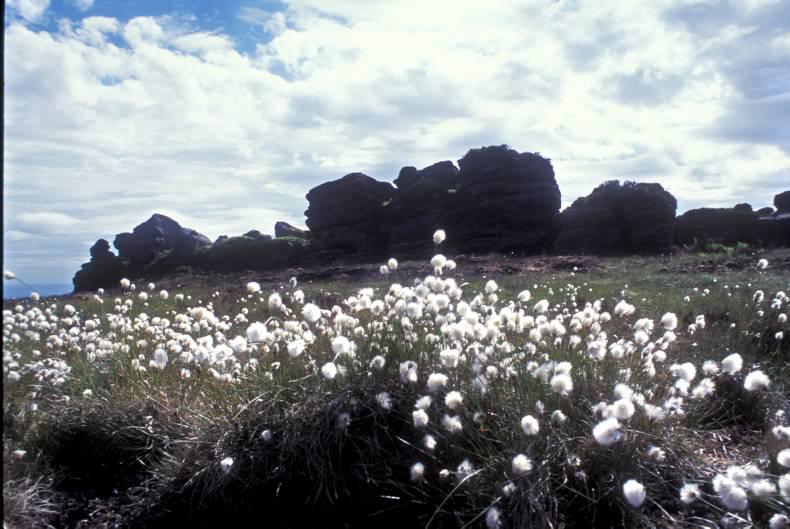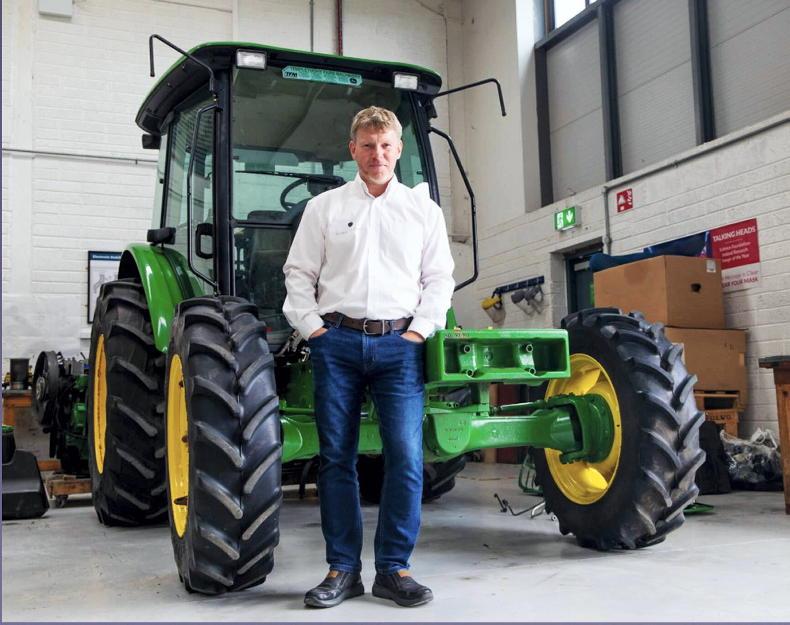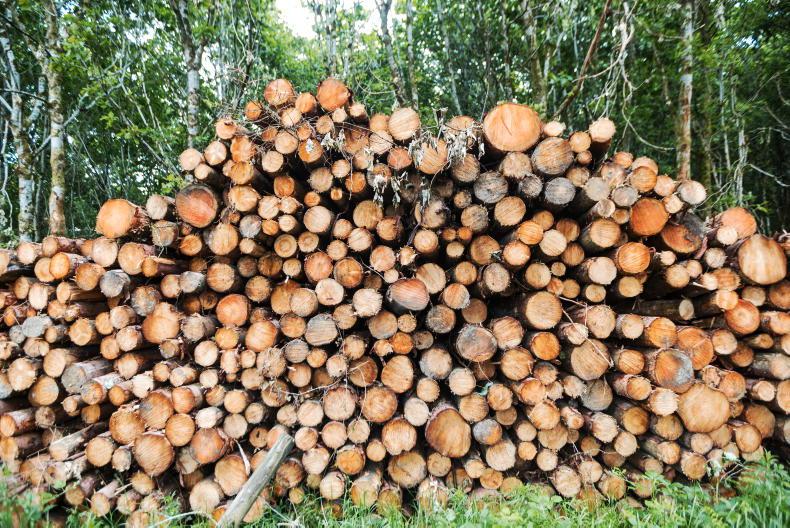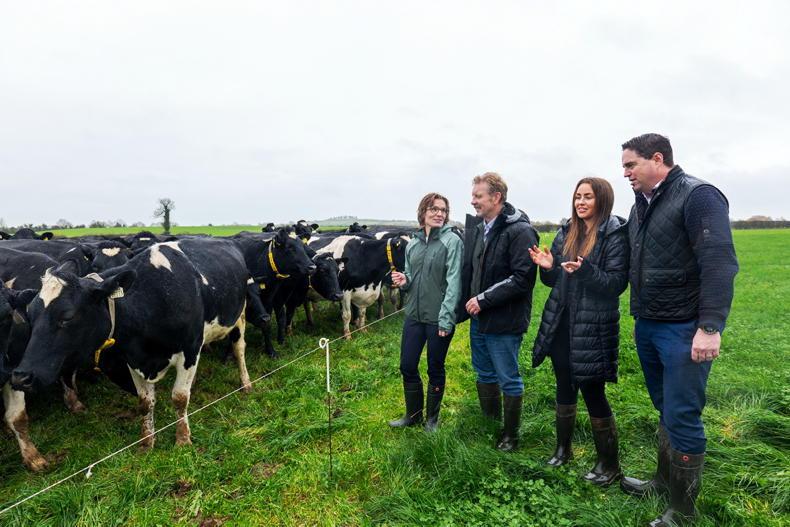Bord na Móna has announced that it is to finish harvesting energy peat for use in three power stations by 2030, with the group’s focus shifting to new sustainable businesses. In a statement, the company said the move away from energy peat harvesting will involve the rehabilitation of tens of thousands of acres of Irish bogland.
Bord na Móna say it will be the biggest change of land use in the modern history of Ireland.
While the company will continue to produce home heating products such as briquettes, Bord na Móna said it will use the land to increase the biodiversity in the bogland regions of the midlands as native plants, animal and insect species colonise these new habitats.
Some of the land will also be used for new sustainable green energy sources such as wind, biomass and solar power. The company says it projects it will remain a major employer in the midlands despite ceasing to harvest energy peat.
Wind farms
Some of the land is likely to be given over for new wind farms to add to the ones Bord na Móna already operates at Mount Lucas in Co Offaly, Ballacorrick, Co Mayo, and Bruckana, Co Tipperary.
Bord na Móna chief executive Mike Quinn said the change will lead to an improvement in the biodiversity across vast areas of land in Ireland.
“The move also of course means that our carbon profile, which is already falling fairly dramatically, will see a very substantial deceleration in the next decade and a half,” added Quinn.
The announcement did attract some criticism, with environmental group Friends of the Earth saying the plan to stop peat harvesting by 2030 was too late.
“Peat is the most climate polluting way to generate electricity, worse than coal,” said Oisin Coghlan, director of Friends of the Earth. “It's also the most inefficient way to produce electricity. We can't keep burning peat for power until 2030 – that's a decade too late.”
Comment
This is the biggest change of land use in the modern history of Ireland. The fact that Bord na Móna will finish harvesting energy peat for use in three power stations by 2030 is significant. This decision may have large impacts on farm machinery sales in the area, as Bord na Móna boasts Europe’s largest tractor fleet with 665 tractors in stock.
Even though the company will continue to produce briquettes, it will see more land given over to wind farms, solar power and biomass. The company said it will plant 37,000 acres of willow for use in its power stations which will generate 300,000 tonnes of biomass annually. The move into willow looks like a natural fit for the company – like peat, willow is harvested using tractors but occurs during the winter, the downtime for peat harvesting which takes place over the summer.










SHARING OPTIONS